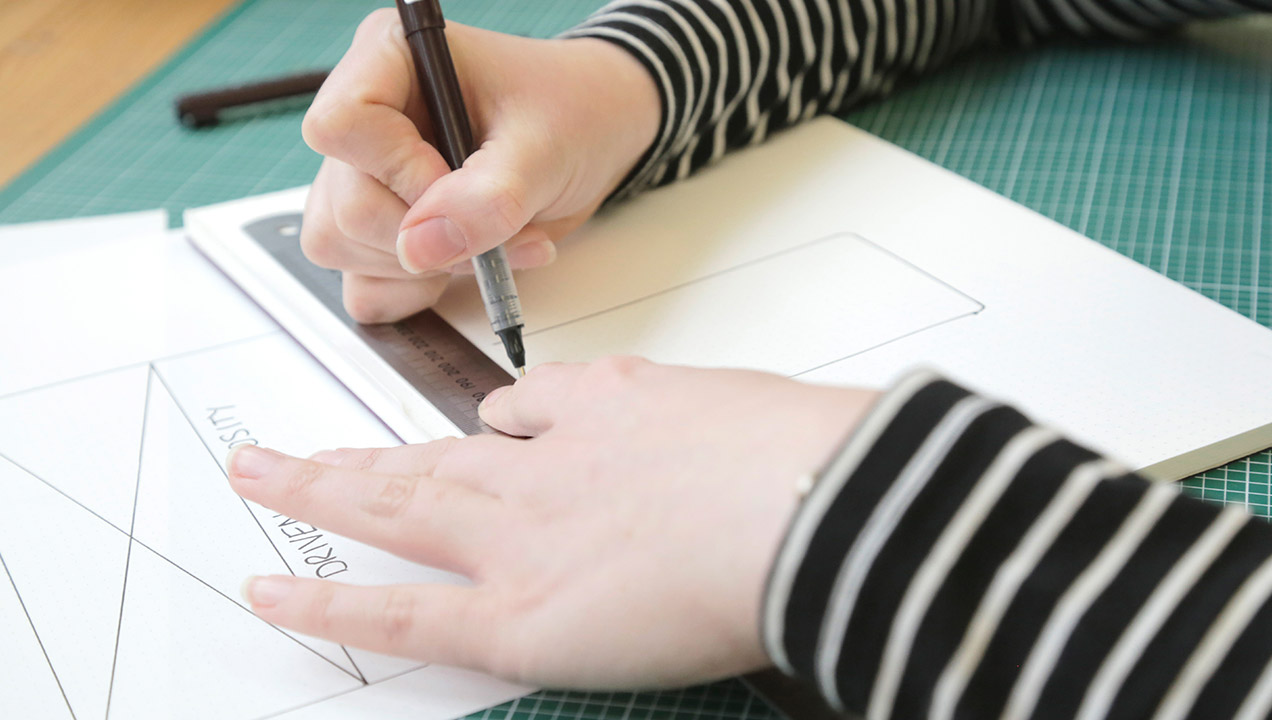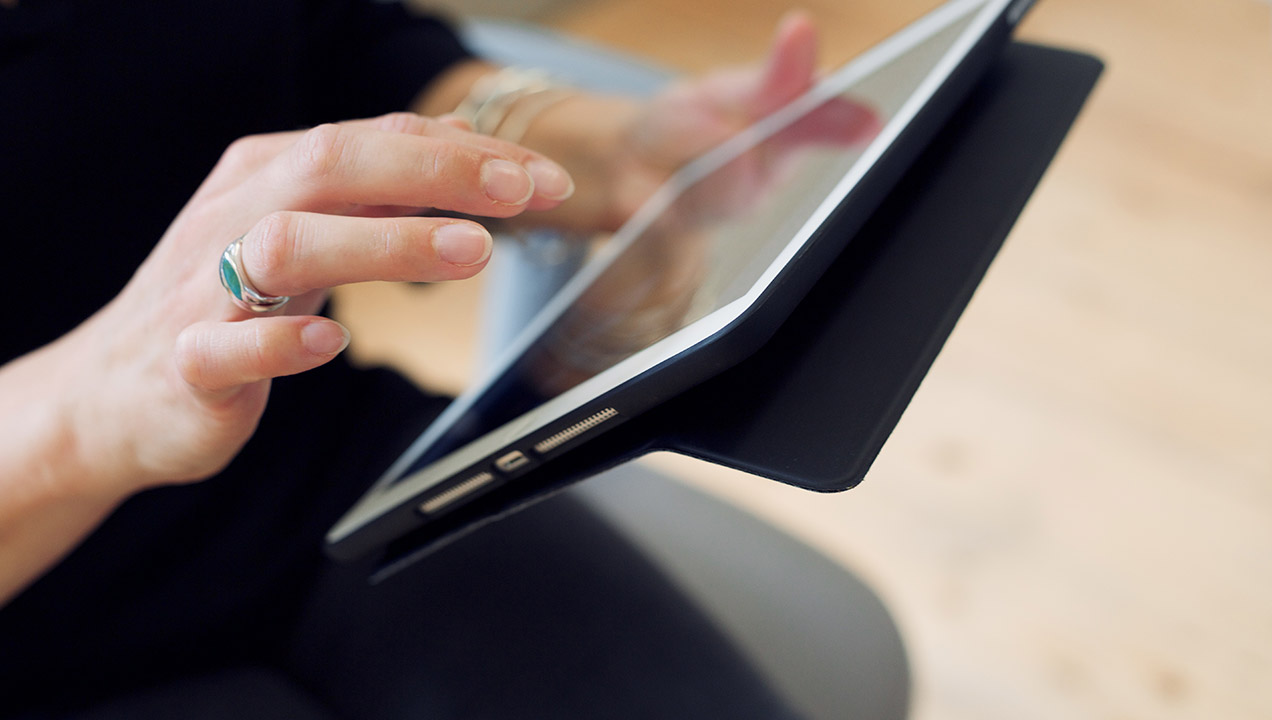Principles of designing successful outcomes
I’m often asked what it is that I do, and the vast diversity of my projects and teammates sometimes makes it difficult to describe. But at the core of it are some very consistent, basic, and sometimes provocative principles. Over it all is one unifying theory of how to succeed in business:
We believe the companies and organizations that align technology to serve human needs and values will succeed by being meaningful, lovable, and easy to use.
At Sutherland Labs we use our principles to organize our work across four accompanying principles, and they work in a very particular order.

Discover Why
Our discover phase is always first because successful outcomes start with choosing where you’re going. We believe that successful companies will build their strategy based on what their customers want and value. Companies that assume more will fade away, companies that discover more will keep moving forward.
In discovery, we focus on humans, technology, and markets independently so that our strategy-making process can be a dialogue between human values, technical possibilities, and commercial realities.
We welcome complexity in our strategic information, because we believe reducing the complexity of the world to a single perspective (whether it be numbers, data, or values) is too simplistic a view of an increasingly complex world. Strategic discussions need variety of perspective, variety of information, and multiple angles on the fundamental question of “why” our organization exists and what the meaningful purpose is to our customers, users, and stakeholders.
Design What
We believe in a design approach to the world because, even with a solid understanding of our customers’ “jobs to be done,” there are still multiple possible futures of what exactly it is we offer to our customers.
Design allows us to explore concurrent hypotheses, with prototypes as the vehicle by which we explore alternatives for “what” we bring to market.
I once heard an interview with a former CIA director where he said he directed his leaders to avoid consensus from meetings. He felt that having alternative hypotheses was a far safer way to view the world, because having consensus, having one hypothesis about what will work, is the same as arbitrarily picking what you plan to do. If you go into reality with such a view, an adverse response from your market will set you back or, worse, leave you running forward with an inferior product or service.
The design process is the lynchpin between principled understanding of our customers’ values and the decisions of what we actually bring to them and what they will value. We move from “why” to multiple options for “what” and finally through to some data about which option is the best option.
We require some mix of success and lessons in the design process so that we have decision making grounded in early reality checks. If we stop with generating ideas we’ve stopped short. We have to go broad, considerately prioritize, and then reduce to our winners through testing.

Develop How
Somewhere between the design process and the scaled offering is a period of development. I say “somewhere” because the process of validation and reality checks continue through the introduction of agile methodologies that move us from broad, directional validation down to narrower, feature-specific validation.
Development gives us the tools to drive out the ambiguity we welcomed in discovery and design in order to make the tactical, block-and-tackle decisions that allow us to create an economically sustainable offering.
From discovery to development we maintain a core approach to experience governance where the researchers, strategists, designers, and engineers work together to ensure that we maintain the meaning, lessons, and intentions of what we build. Development faces a myriad of small decisions to translate from vision into a launched product, and the translation process is most successful if it carries forward that alignment to human needs and strategic intent. We sometimes have to make development decisions that are technically inferior in order to be contextually superior.
Deliver Experiences
All of the work and investment of designing and developing a considered and intentional experience is for naught if it isn’t delivered. The expression of our services and products in the end is all that actually matters to our customers.
Managing that delivery requires good monitoring of the expressed experience and operational work to stay aligned to strategy, intention, and evolving reality.
Our team works on delivery in cooperation with operational and systems teams to identify opportunities to align, evolve, or revolutionize a mature (or maturing) experience.

All together now
Ultimately, we believe that this holistic view is the only way to manage for end user experiences and maintain strategic alignment for organizations. If your design thinking lives as a workshop or an exercise, then you are likely not maintaining the degree of alignment that a design-led competitor will bring to their experience delivery.
And in reality, these activities should run all the time. You should always be discovering things about your end users and your market. Sometimes those are small lessons and sometimes they are fundamental shifts in the market, but having that pulse of what people value and where the business is going is your alignment to reality. Design can focus on big new evolutions or on just trying out new small things, but design and the exploration of new hypotheses belongs as much in continuous improvement as it does in the pursuit of innovation. Development as a constant capacity cycle allows you to take action on the changing world without needing to wait for investment decisions on every little evolution in the market, and without deferring experience maintenance until it becomes a larger experience renovation expenditure. Unless you are a pre-revenue startup, I likely don’t need to make the point that delivery is a constant activity. However, monitoring delivery’s alignment to meaningful experience with the same rigor that we monitor delivery for efficiency is something that really differentiates the sustainably awesome experiences from the rest.
